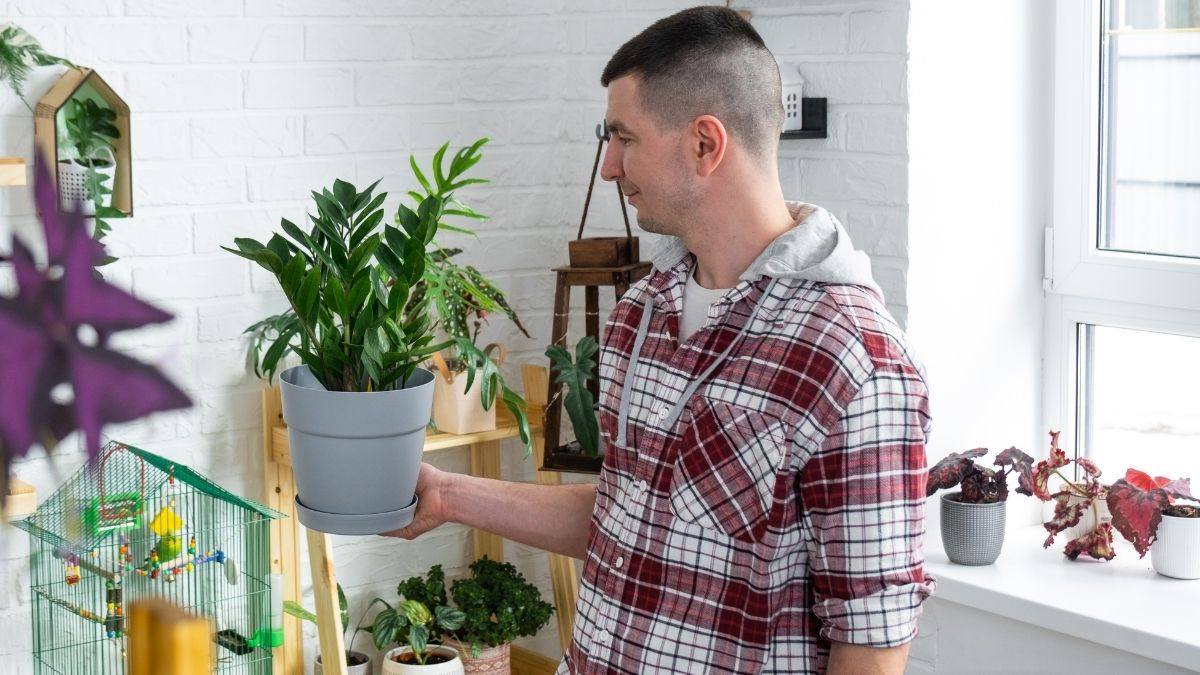Your thyme is thriving and your rosemary is big and beautiful, but winter is coming fast. Don’t let the frost steal your flavor. In cold zones, freezing temperatures will kill your sensitive plants overnight.
Once they are gone, you are stuck buying expensive plastic packs from the grocery store that wilt in a day and lack real taste. That is a waste of money. But you don’t have to settle for dried spices or bland food.
You can save your garden by bringing it inside. Whether you transition existing plants or start new pots, winter gardening keeps your kitchen stocked.
This simple shift to indoor gardening guarantees you will have fresh herbs for every meal, all year round.
Best Herbs to Overwinter vs. Start Fresh
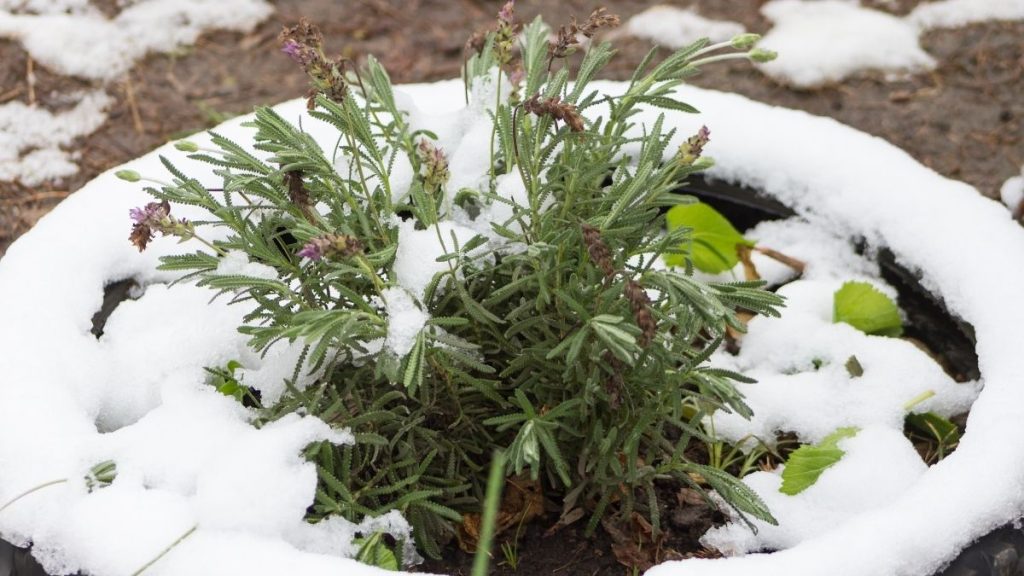
Bringing garden herbs inside for winter sounds like a great plan, but it doesn’t work for every plant. Some herbs will struggle and die if you dig them up now. You need to know which ones are tough enough to handle the sudden change to indoor life.
Your best bet is to focus on woody perennials. Plants like Rosemary, Thyme, Sage, Lavender, and Bay Laurel are strong candidates for overwintering. These herbs are sturdy and adapt much better to living in pots than softer, more fragile plants do.
On the other hand, annuals like Cilantro and Dill usually hate being transplanted. It is smarter to let them go to seed outside and simply start fresh seeds for your kitchen window. Also, always keep Mint in its own dedicated pot because it acts like a weed and will take over any space you give it.
Overwinter vs. Start Fresh Tips:
- Stick to the tough ones: Focus your energy on woodier herbs like Rosemary and Sage for the highest survival rates.
- Start fresh when needed: Don’t try to dig up soft-stemmed annuals like Basil; start them from seeds or cuttings instead.
- Isolate the invaders: Give aggressive spreaders like Mint their own private containers so they don’t choke out your other plants.
How to Bring Outdoor Herbs Indoors
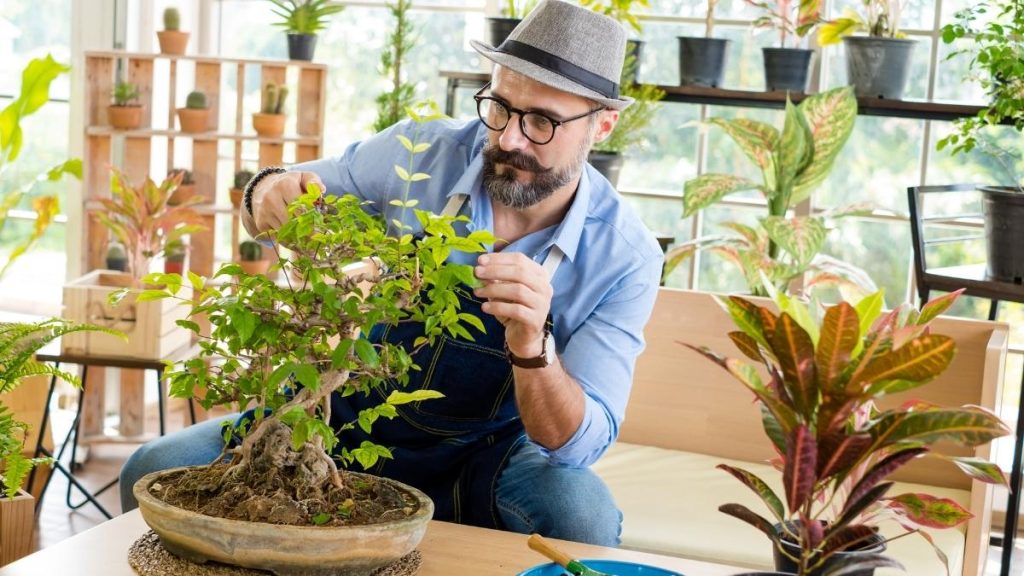
You have to act fast before the weather turns freezing. The right time to move your herbs is just before the first hard frost hits your area. If you wait until the ground freezes, the roots will suffer, and the plant probably won’t make it.
Be gentle when you take the plant out of the ground. Use a trowel or a hori hori knife to dig a wide circle around the stem. You want to go deep enough to keep the original soil stuck to the roots so the plant feels safe.
Check every single leaf for bugs before you bring the pot inside. You do not want to accidentally invite aphids or spiders into your living room. Cleaning the plant now stops pests from attacking your other houseplants later.
Actionable Growing Tips:
- Wash the bugs away: Spray your plants with a mix of mild soap and water to kill pests before they enter your house.
- Trim the bad parts: Cut off any brown or damaged leaves right away.
- Reduce the stress: Removing the bad leaves helps the plant focus its energy on settling into its new pot.
The Perfect Potting Setup: Soil and Containers
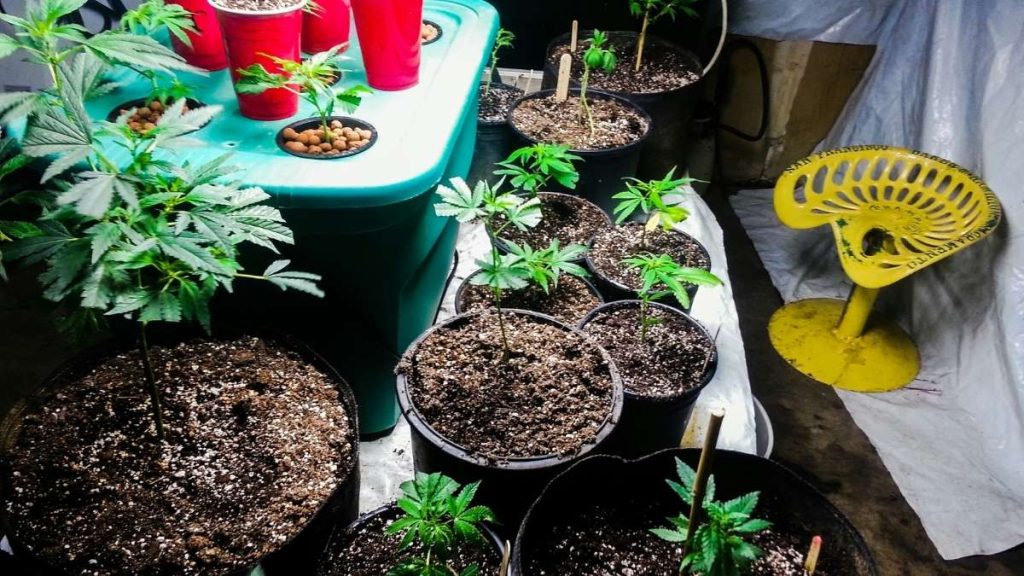
Drainage is the most important rule for indoor pots. Every container you use must have holes at the bottom to let water escape. If you want to use those galvanized metal tubs, grab a drill and make the holes yourself before adding soil.
Roots need room to breathe and spread out. Your containers should be at least 6 inches deep to handle a healthy root system. Shallow pots crowd the roots, which stops your herbs from growing strong and lush.
Never bring regular garden soil inside because it turns into a hard brick and might hide bugs. You need a light mix that drains well. Combine potting soil with coarse sand and a little compost to create the perfect home for your indoor herbs.
The Perfect Potting Setup Tips:
- Block the mess: Line the bottom of your pots with landscaping cloth or a piece of burlap.
- Save your floors: This barrier keeps the dirt inside the pot while still letting the water drain out freely.
- Keep it loose: The cloth prevents soil from clogging the drainage holes, ensuring your plant roots never sit in stagnant water.
Lighting and Temperature Requirements
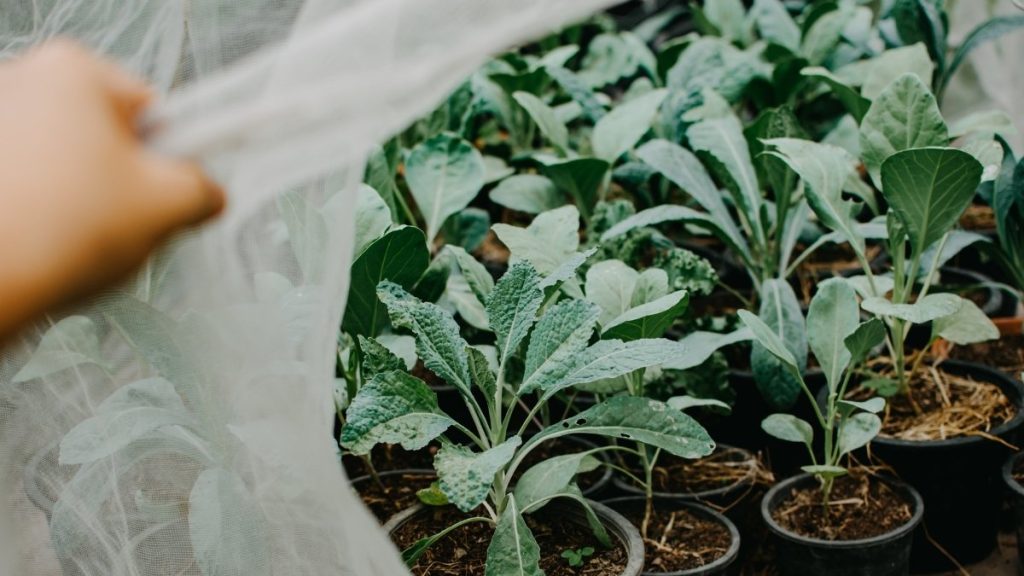
Getting enough light is the hardest part of growing herbs inside. Your plants crave the sun and need a south or southwest-facing window to stay happy. Aim for at least six to eight hours of direct sunlight hitting those leaves every single day.
If your windows are dark, you can still succeed by using grow lights. Hang the lights about six to twelve inches above your plants so they get energy without burning. Keep these lights on for 12 to 16 hours a day to trick the herbs into thinking it is still summer.
Herbs generally like the same comfortable temperatures that people do. Keep your room between 65°F and 70°F (18°C–21°C) so the plants feel at home. Be careful not to put pots right next to a leaky window where cold drafts can shock them.
Lighting and Temperature Tips:
- Spin them around: Rotate your pots once a week to change their angle.
- Stop the lean: Plants naturally reach for the light and will start to tip over if you leave them alone.
- Grow evenly: Turning them helps the plant grow thick on all sides rather than looking lopsided.
Winter Care: Watering and Humidity
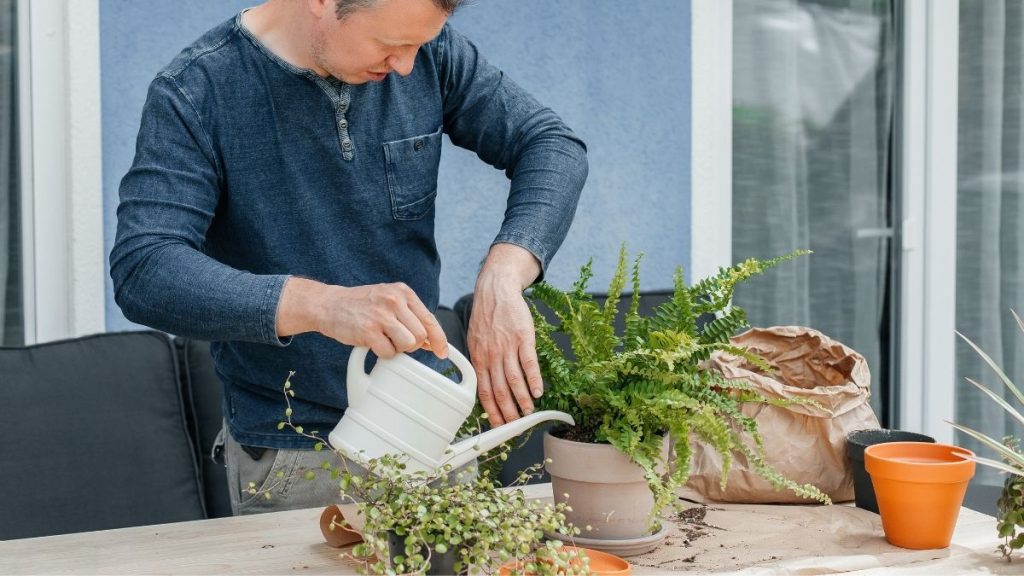
Too much water is the main reason indoor herbs die during the winter. You might feel like you are helping, but soggy soil rots the roots quickly. Always check the soil with your finger before you grab the watering can. If the top inch feels dry to the touch, then it is safe to give the plant a drink.
Your home heating system makes the air very dry, which most herbs hate. They are used to humid outdoor air and struggle in a dry room. You can help them out by misting their leaves with a spray bottle now and then. This simple trick keeps the leaves fresh and stops them from drying out.
Plants naturally slow down and rest during the cold winter months. They do not need much food right now, so put the heavy fertilizer away. You can use a weak liquid feed every two weeks if they look pale, but usually, it is better to wait until spring. Forcing them to grow too fast in winter can actually make them weak.
Winter Care Tips:
- Choose breathable clay: Use terra cotta pots because the clay breathes and lets extra water escape.
- Prevent rot: This simple choice stops moisture from building up and rotting the roots.
- Trim the shock: If leaves wither after you move the plant, cut them off immediately to help the plant recover faster.
Conclusion
You don’t need a massive greenhouse to keep growing fresh food. You just need the right light, a good soil mix, and a pot with drainage holes. That is enough to keep tough plants like Rosemary, Sage, and Thyme alive indoors.
Start small so you don’t get overwhelmed by the process. Go outside and pot up just one favorite herb this week before the first hard frost hits. It is better to succeed with one plant than to fail with five.
Your plants might grow slower than they did in July, but that is okay. You will still have fresh green sprigs to throw into your winter soups and holiday roasts. The taste of fresh herbs in January is worth the effort.
- Beat the frost: Act now before the cold kills your outdoor plants; don’t wait for the weekend if a freeze is coming tonight.
- Pick a favorite: Focus on saving the one herb you use the most in your cooking to keep the task manageable.
- Keep cooking: Use your fresh harvest to brighten up heavy winter meals, even if the plant isn’t growing fast.

